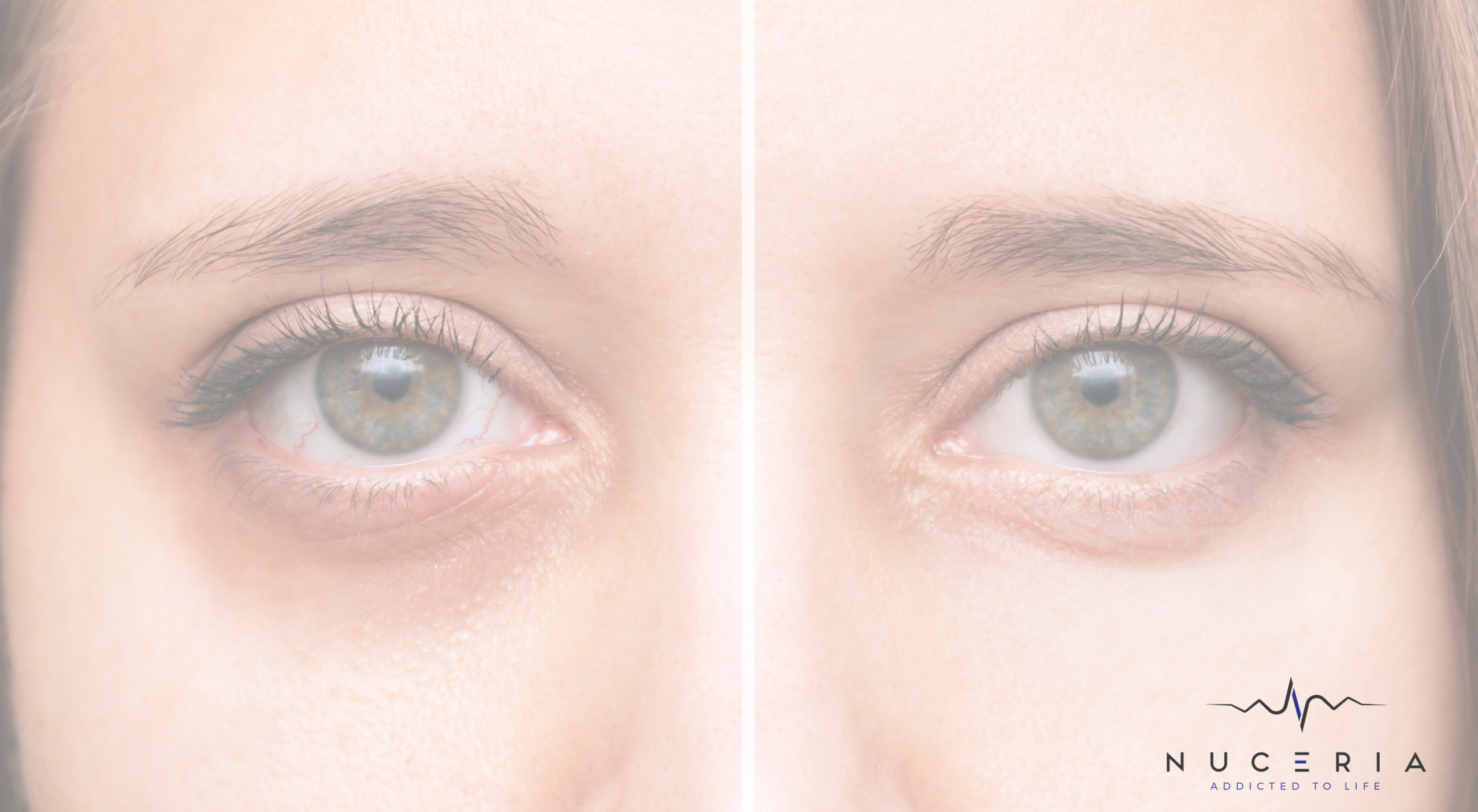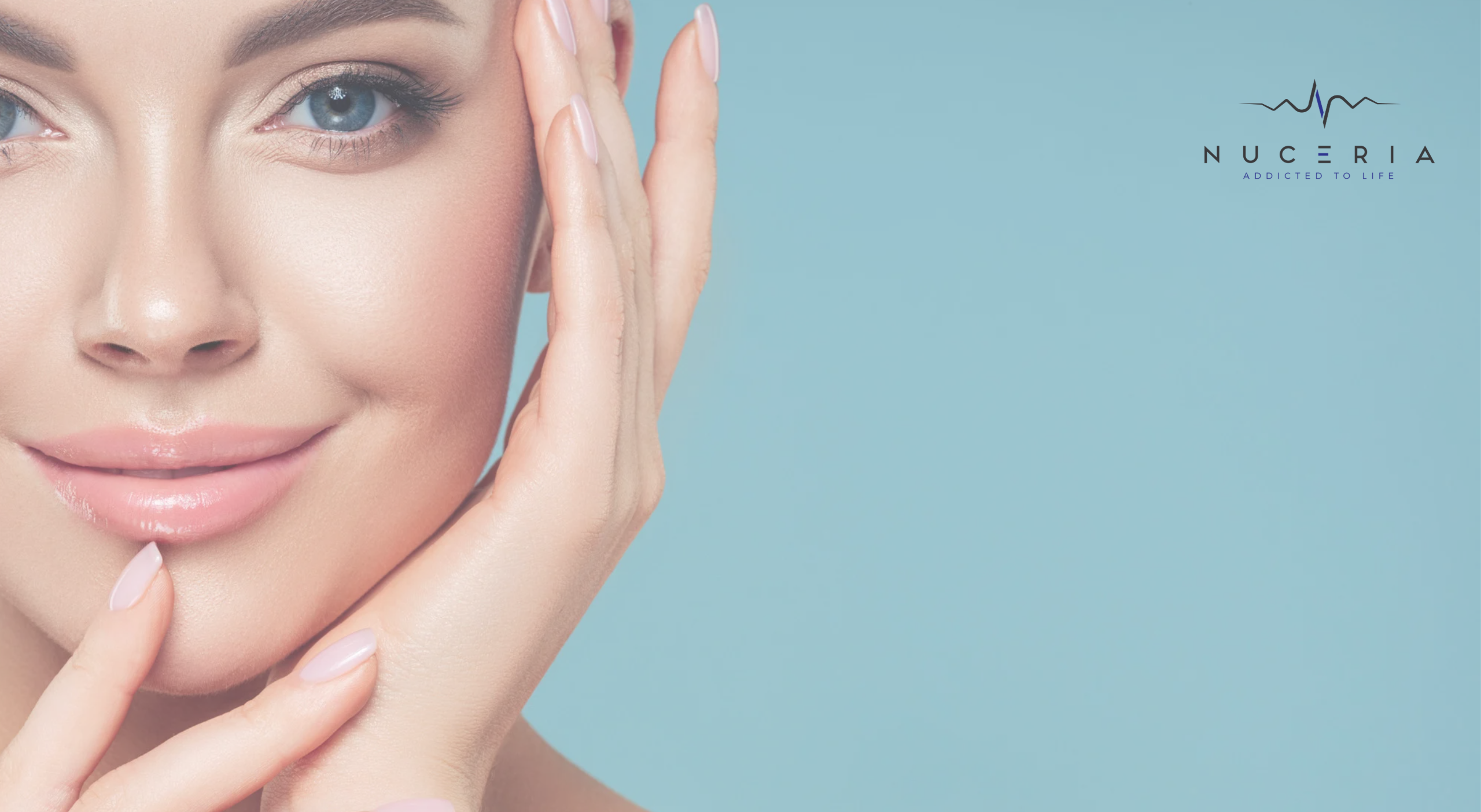Dark Circles: Causes, Remedies, and Treatments
Under-eye dark circles are a widespread concern about beauty and appearance, impacting individuals of any age or gender. They can make you look tired, older, and even unhealthy. Understanding the causes and exploring effective treatments can help you manage and reduce their appearance.
What Are Dark Circles Under Your Eyes?
Dark circles under your eyes refer to the skin's darkened appearance beneath your eyes. Depending on your skin tone, this area can take on shades of blue, purple, brown, or black. These circles can make you appear tired or older than you are.
While dark circles have numerous potential causes, they usually do not indicate a medical issue. They are generally not a cause for concern, but many people seek to lighten them for cosmetic reasons.
Who is affected by dark circles under the eyes?
People of any age, ethnicity, and gender can experience dark circles, which can present themselves on every skin type. However, they are more prevalent in certain groups, including:
- Elderly individuals
- Those with a family history of dark circles
- People with darker skin tones
Causes of Under-Eye Dark Circles
Hereditary Factors: Having dark circles under your eyes can often be traced back to your parents; you may have inherited them due to genetic influences on your skin's coloration and the area surrounding your eyes.
The Aging Process: As you age, your skin grows thinner and loses fat and collagen, which makes the reddish-blue vessels beneath your eyes stand out more.
Sleep Deprivation: A lack of sufficient sleep may render your skin paler, thus making the darker tissues and vessels beneath more visible.
Digital Eye Strain: Prolonged screen time can significantly strain your eyes, dilating blood vessels around them, thereby darkening the surrounding skin.
Allergic Reactions: Responses to allergies can lead to itchy, red, and swollen eyes. Dark circles can become more pronounced due to frequent eye rubbing or scratching.
Inadequate Hydration: When you're not drinking enough water, the skin beneath your eyes can appear more sunken and sallow.
Sun Overexposure: Spending too much time in the sun can stimulate excessive melanin production, the pigment responsible for skin color, causing darkening under the eyes.
Prevention and Treatment
Ensure You Sleep Well: To minimize dark circles under your eyes, aim for 7-9 hours of sleep each night.
Maintain Hydration: Drink ample water throughout the day to keep your skin well-hydrated.
Daily Sunscreen Application: Protect the sensitive area under your eyes from UV damage daily.
Use of Cold Compress: A cold compress can alleviate swelling and minimize the look of dark circles by narrowing blood vessels.
Cucumbers and Tea Bags: To lessen puffiness and dark circles, apply chilled cucumber slices or tea bags over your eyes, thanks to their anti-inflammatory effects.
Balanced Diet: Consuming a diet rich in vitamins C, E, and K, along with iron, can enhance the health of your skin.
Select Eye Creams: To lessen dark circles, opt for eye creams that contain ingredients such as retinol, hyaluronic acid, vitamin E, or caffeine.
Consult a Dermatologist: For stubborn dark circles, seek advice from a dermatologist regarding options like chemical peels, laser treatment, or filler injections to tackle root causes.
Cosmetic Treatments
If lifestyle changes and at-home remedies are not sufficient, there are several cosmetic treatments available that can effectively reduce or eliminate under-eye dark circles:
- Dermal Fillers: Hyaluronic acid fillers are effective for volumeizing the under-eye region, which diminishes the visibility of shadows or hollows resulting from decreased skin thickness or reduced adipose tissue. This treatment offers instant improvements, and the effects are sustainable for several months.
- Laser Therapy: Laser treatments decrease pigmentation and enhance collagen synthesis, resulting in improved dark circle appearance. Specifically, fractional lasers efficiently address pigmentation issues and minimize fine lines.
- Chemical Peels: Light chemical peels using alpha hydroxy acids (AHAs) or beta hydroxy acids (BHAs) can help exfoliate the skin, reduce pigmentation, and improve skin texture.
- Microneedling: This method utilizes tiny needles to inflict minor skin injuries, encouraging collagen production and enhancing the skin's texture and appearance. It effectively reduces dark circles and boosts the skin's overall health.
- Platelet-Rich Plasma (PRP) Therapy: PRP involves injecting your platelets into the under-eye area to promote healing and rejuvenation. It can enhance the skin's texture and minimize the appearance of dark circles under the eye.
- Blepharoplasty: In more severe cases, surgeons can perform a procedure called blepharoplasty to remove excess fat or skin around the eyes, thereby reducing the appearance of dark circles and bags.
- Endolift: This innovative laser treatment uses micro-optical fibers to tighten and rejuvenate the skin, reducing dark circles and improving the appearance of the under-eye.
- Microneedling with PRP: Combining microneedling with PRP therapy enhances collagen production and skin rejuvenation, offering significant improvements in the appearance of dark circles.
- Exosome Therapy: Exosomes are extracellular vesicles that can promote skin regeneration and repair. Injecting exosomes into the under-eye area can improve skin texture, reduce pigmentation, and diminish dark circles.
How long do the effects of cosmetic treatments for dark circles last?
The duration of effects depends on the specific treatment:
- Dermal Fillers: Typically last between 6 to 18 months, depending on the type of filler used and individual factors such as skin type and metabolism.
- Laser Therapy: Results may last from several months to a few years. However, one might need multiple initial sessions, and periodic maintenance treatments may be necessary to maintain results.
- Chemical Peels: The effects can last several months, but they often require maintenance treatments every few months to maintain the results. The specific type of peel (light, medium, or deep) also influences the longevity of the results.
- Microneedling: Results can last several months, with maintenance treatments recommended every 6 to 12 months.
- PRP Therapy: Results can last up to 18 months, with most people needing touch-ups once or twice a year.
- Endolift: Results are often noticeable immediately and continue to improve over several months, with effects lasting up to 1-2 years.
- Microneedling with PRP: Combining these treatments can extend the results, typically lasting up to 12 months, with recommended maintenance treatments annually.
- Exosome Therapy: This is a relatively new treatment, and the longevity of results can vary, but initial studies suggest effects can last several months to a year, with maintenance sessions needed periodically.
Lifestyle Changes
- Reduce Screen Time: Take regular breaks from screens to prevent eye strain.
- Manage Allergies: Use antihistamines and avoid allergens to prevent allergy-related dark circles.
- Quit Smoking: Smoking can accelerate the aging process and worsen dark circles, so quitting can improve your overall skin health.
Conclusion
Though generally harmless, under-eye dark circles can affect your appearance and confidence. By recognizing the causes and adopting preventive measures, treatments, and cosmetic procedures, you can diminish their visibility and attain a more rejuvenated and youthful appearance. If your dark circles remain despite your efforts, consider consulting a healthcare professional for tailored advice and treatment options.
FAQs About Dark Circles Under Eyes and Puffiness
Are dark circles under the eyes a sign of a medical condition?
Dark circles are not indicative of a severe medical condition in most cases. However, if you are concerned, consulting with a healthcare professional is always a good idea.
How can I prevent dark circles under my eyes?
Preventing dark circles involves getting adequate sleep, staying hydrated, using sunscreen, managing allergies, and reducing screen time.
What cosmetic treatments are available for dark circles?
Cosmetic treatments include dermal fillers, laser therapy, chemical peels, microneedling, PRP therapy, blepharoplasty, Endolift, microneedling with PRP, and exosome therapy.
What is the difference between dark circles and puffiness?
Discoloration of the skin under the eyes causes dark circles while swelling or bags under the eyes define puffiness. Similar factors, such as aging, lack of sleep, and allergies, can cause both issues, yet they remain distinct.
Are there any dietary changes that can help with dark circles and puffiness?
Yes, a diet rich in vitamins C, E, and K and iron can improve skin health. Reducing salt intake and staying hydrated can also help reduce puffiness.
How long do the effects of cosmetic treatments for dark circles last?
The duration of effects varies by treatment. For example, dermal fillers can last several months, while laser therapy and chemical peels might require periodic maintenance treatments.
Can stress contribute to dark circles and puffiness?
Yes, stress can negatively affect your sleep and overall health, which can, in turn, contribute to the development of dark circles and puffiness.
Request an appointment here: https://mynuceria.com or call Nuceria Health at (305) 398-4370 for an appointment in our Miami office.
Check out what others are saying about our services on Yelp: Wellness Center in Miami, FL.







